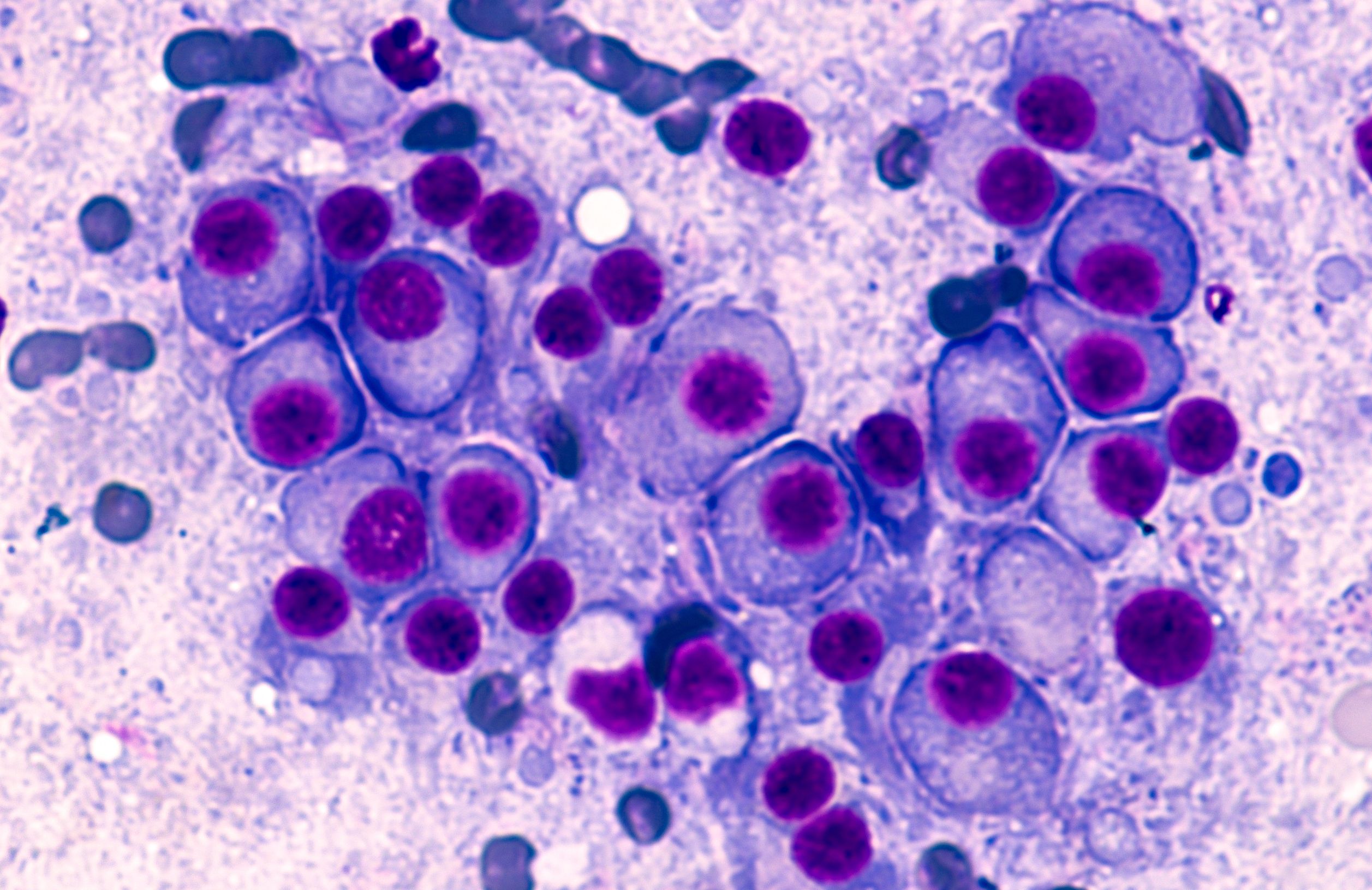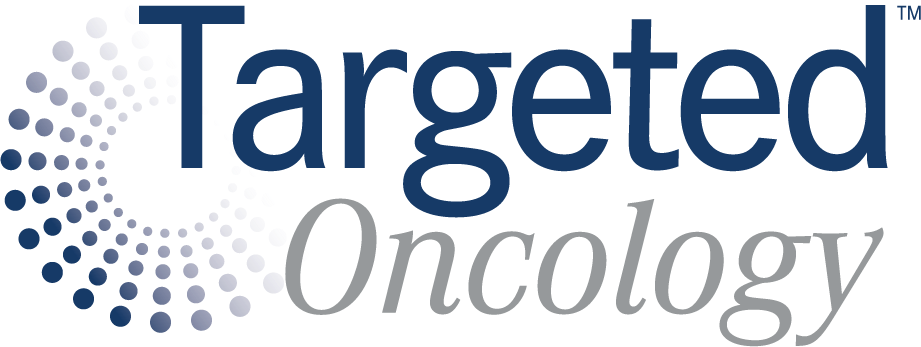Real-World Study Confirms Teclistamab’s Efficacy in Heavily Pretreated RRMM, Aligning with MajesTEC-1 Findings
A real-world study has reinforced the efficacy and safety of teclistamab in heavily pretreated patients with relapsed/refractory multiple myeloma.
Multiple myeloma cells: © David A Litman - stock.adobe.com

A large international real-world study has reinforced the efficacy and safety of teclistamab-cqyv (Tecvayli) in heavily pretreated patients with relapsed/refractory multiple myeloma (RRMM), including those with prior exposure to B-cell maturation antigen (BCMA)-directed therapies, according to findings published in Blood Cancer Journal.¹
The retrospective analysis, conducted across 9 academic centers in 5 countries, evaluated 210 patients. After a median follow-up of 5.3 months in 188 response-evaluable patients, the overall response rate (ORR) was 67%, with 55% achieving a very good partial response (VGPR) or better. The 6-month progression-free survival (PFS) rate was 53% (95% CI, 46.0%-61.0%), and the overall survival (OS) rate was 73% (67.0%-80.0%).
Notably, patients with prior BCMA-directed therapy had a lower ORR of 58.3% compared with 74.0% in BCMA-naïve patients (OR, 0.49; 95% CI, 0.26-0.91; P = .024). Similarly, 6-month PFS rate was 43% (95% CI, 33.0%-55.0%) in the BCMA-exposed group versus 63% (54.0%-73.0%; P = .004) in the BCMA-naïve group.
These real-world outcomes align with results from the phase 1/2 MajesTEC-1 trial (NCT03145181),² where, at a median follow-up of 14.1 months, teclistamab demonstrated an ORR of 63%, including a VGPR or better in 58.8% of patients. With extended follow-up (30.4 months), the complete response (CR) rate rose to 46.1%, and the median duration of response (DOR) was 24 months (95% CI, 17.0–not reached). The median PFS was 11.4 months (95% CI, 8.8–16.4).
High-Risk Patient Characteristics
The real-world cohort had a median age of 67 years (range, 33–91), with 23% of patients aged 75 years or older. Patients were heavily pretreated, with a median of 6 prior lines of therapy (range, 1–20).
High-risk features were prevalent, including high-risk cytogenetic abnormalities (HRCAs) in 50% of patients, extramedullary disease (EMD) in 29%, and International Staging System stage III disease in 30.6%. The majority (83%) had triple-class refractory disease, and 44% had penta-drug refractory disease.
Compared with MajesTEC-1, the real-world cohort had similar baseline characteristics including median age, time since diagnosis, and prior treatment lines, but was enriched with more high-risk features such as EMD and HRCAs.
Safety and Tolerability
Step-up dosing was administered in the outpatient setting for 23% of patients. After the first step-up dose, 29% of patients developed cytokine release syndrome (CRS), with 23.9% being grade 1 and 4.8% grade 2. Following the second step-up dose, 26% experienced CRS events, including 20.6% grade 1 and 5.7% grade 2. After the first full dose of teclistamab, 10.5% had CRS events, predominantly grade 1 (8.1%), with one grade 4 event reported.
Immune effector cell-associated neurotoxicity syndrome (ICANS) occurred in 7.3% of patients, with a median time to onset of 2.5 days (range, 1–55). Cases ranged from grade 1 (7 patients) to grade 4 (2 patients), with 7 patients experiencing concurrent CRS and ICANS during step-up dosing.
Infections were reported in 56.2% of patients, with 21.9% being grade 3 or higher. Notably, 4% of patients died from infections, highlighting the importance of vigilant monitoring and early intervention.
The study confirms teclistamab’s real-world effectiveness in high-risk, heavily pretreated RRMM patients, with outcomes consistent with the MajesTEC-1 trial. However, longer follow-up and larger studies are needed to better define optimal patient selection as BCMA-directed therapies are explored in earlier lines of treatment.




